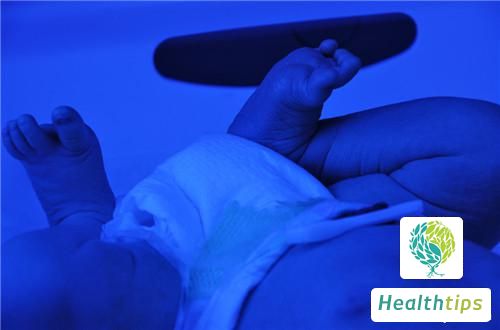Combined bilirubin is characterized by its high water solubility and excretion through kidney metabolism, resulting in a positive reaction in the qualitative bilirubin test. When combined bilirubin enters the intestine, it is excreted with feces, and only a small portion enters the kidneys through the metabolic cycle for excretion. If the level of combined bilirubin increases, it is recommended to promptly seek medical attention for diagnosis and targeted treatment.

Combined bilirubin is primarily composed of bilirubin diglucuronide, with a portion being bilirubin sulfate. This type of bilirubin is characterized by its high water solubility, allowing excretion through the kidneys, and resulting in a direct positive reaction in the qualitative bilirubin test. Therefore, it is referred to as combined bilirubin. After being excreted into the intestine through the biliary tract along with bile, combined bilirubin is reduced by cells into urobilinogen. Most of the urobilinogen is excreted with feces, while a small portion (about 1/10) is absorbed by the intestinal mucosa and reaches the hepatic sinus through the portal vein. Most of the urobilinogen reaching the hepatic sinus is re-excreted through the biliary tract with bile (hepatic-intestinal cycle), and only a small portion is excreted through the kidneys via systemic circulation.
When the level of combined bilirubin is elevated, it indicates liver damage. The treatment of chronic hepatitis B mainly includes antiviral therapy, immune regulation, anti-inflammatory and liver protection, anti-fibrosis, and symptomatic treatment. However, the curability of chronic hepatitis is limited. Traditional Chinese medicine can be used to treat hepatitis B "xiaosanyang" (a type of hepatitis B infection) by not only antiviral and improving liver symptoms, but also through a combination of traditional Chinese and Western medicine.

